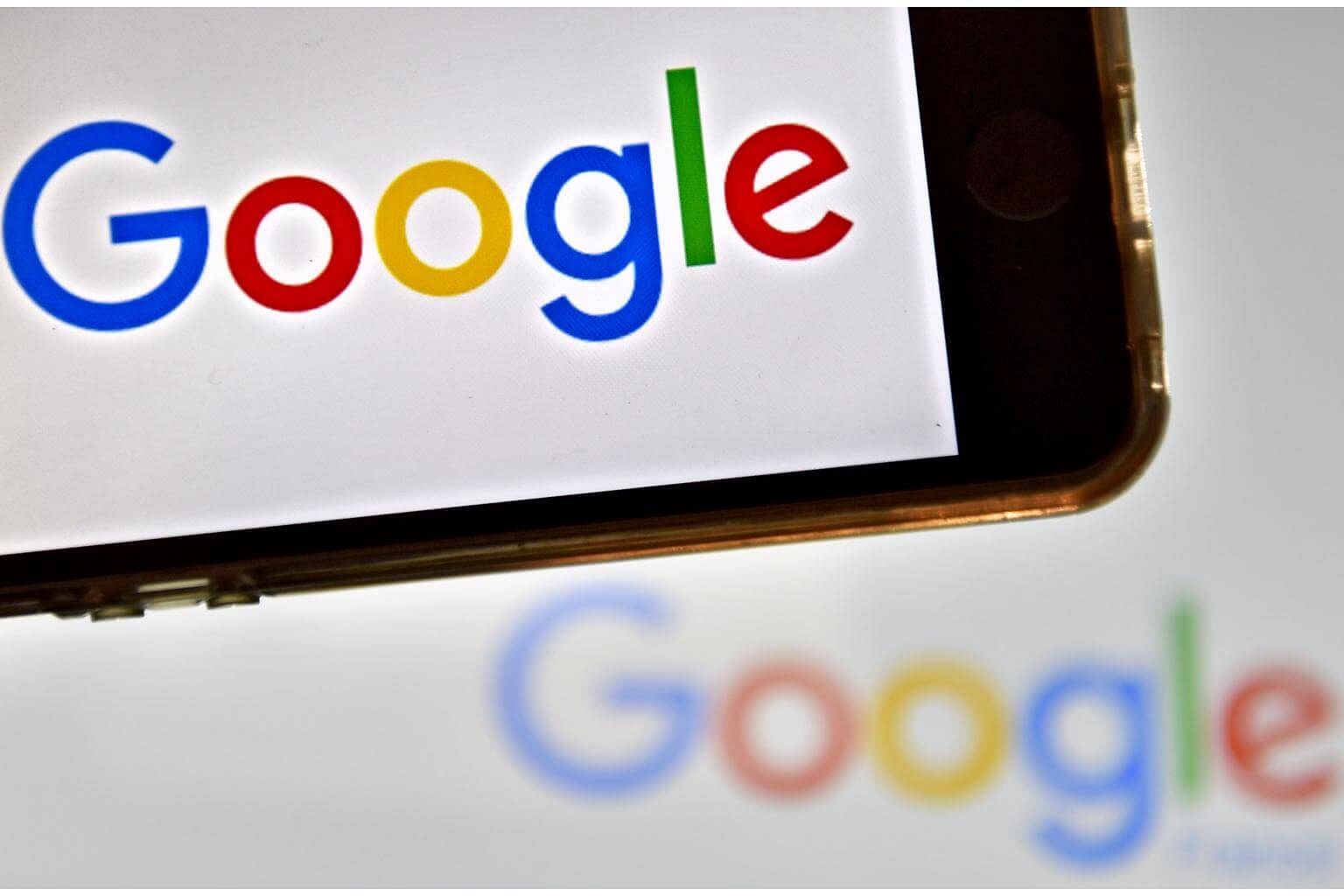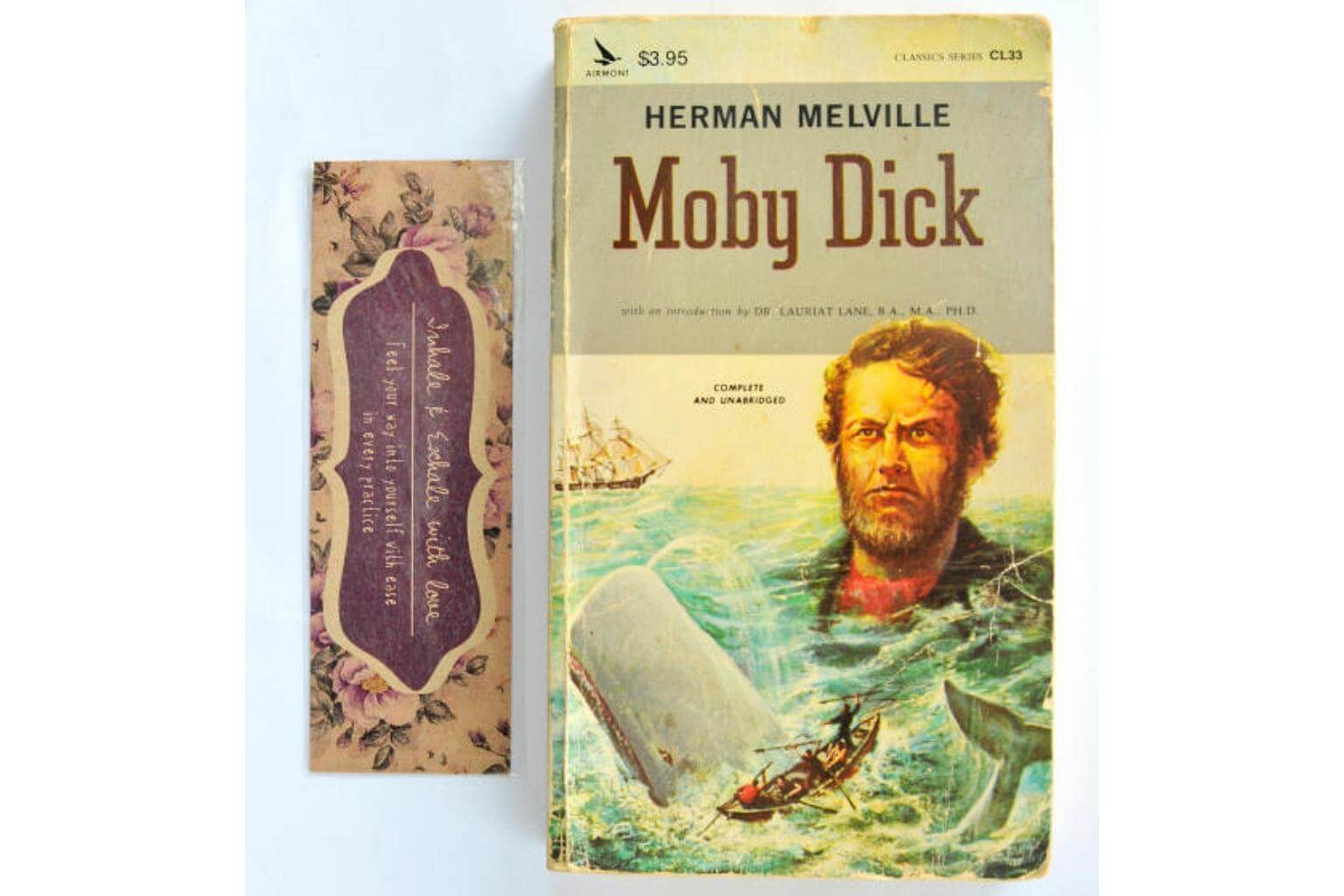This story was first published on July 17, 2017, and was updated on Oct 7, 2017.
Apple will soon be introducing new emojis for the iPhone and iPad with iOS 11.1 next week.
Among the fresh additions include gender-neutral people, a woman in a headscarf, and a woman breast-feeding.
The company said in a statement that the new emojis were "designed to reveal every detail" and were adopted from approved characters used in earlier updates.
The new emojis were first announced on World Emoji Day in July.
If you have used the calendar emoji before, you might have noticed that it is fixed on the date July 17. The date has hence been dubbed World Emoji Day, an annual occasion to celebrate and promote the use of the graphic symbols.
Created by Jeremy Burge, founder of online resource Emojipedia, World Emoji Day first began in 2014. Companies have since jumped on the bandwagon, with emoji-related promotions and events launched on the same day each year.
Here are six interesting things about the symbols.
1. Art of the modern times
Emojis officially became art in October 2016, when the Museum of Modern Art (MoMA) announced that it had acquired the original set of 176 emojis for its permanent collection.
The original set look almost nothing like the emojis used today. First designed for pagers and released in 1999, they were made within a grid only 12 by 12 pixels in size, and came in six colours: black, red, orange, lilac, green and blue.
MoMA displayed the emojis in their museum lobby, as part of a collection that incorporated 2D graphics and animation.
2. Word of the year
In 2015, Oxford Dictionaries' word of the year was not exactly a word, but an emoji. More specifically, it was the "Face with Tears of Joy" emoji.
As an explanation as to why a pictograph was chosen instead of the more conventional form of a word, president of Oxford Dictionaries Caspar Grathwohl said in a statement that the emoji is an "increasingly rich form of communication, one that transcends linguistic borders".
The emoji was chosen in collaboration with keyboard-app company SwiftKey, which determined that the "Face with Tears of Joy" emoji made up almost 20 per cent of all emoji use in both the US and the UK in 2015.
3. Even Google cannot translate this

If you have ever needed someone to help you decode a message of emojis, you are not the only one. In December 2016, a London company advertised for an emoji translator.
The company, called Today Translations, saw the need for an emoji translator after a client requested for diaries to be translated into emojis.
The company offered to pay potential translators by the word or emoji, with an hourly pay rate for research into emoji usage trends.
4. Ice-cream 'currency'
To celebrate National Ice Cream Day in the UK on July 16, one ice-cream company offered a novel mode payment beyond cash or credit: emojis. From 11am-4pm on July 16, a Walls ice-cream van in London gave out ice cream to anyone who tweeted a specific set of emojis.
5. Read Moby Dick - in symbols

For those who have wanted to give literary classic Moby Dick a read but are strapped for time, data engineer Fred Benenson has a solution. In 2009, he created a Kickstarter campaign for money to help translate the book into purely emojis.
With the help of thousands of people, the translation, entitled Emoji Dick, was completed and eventually included in the US Library of Congress in 2013.
6. A building for millennials

Emojis have met the world of architecture, with Dutch architect Changiz Tehrani placing them on the facades of a building in Amersfoort, Holland.
The architect chose emojis which he believed captured the 21st century best, with a range of emoji faces adorning his building, from winking expressions to teethy smiles.
He first used a template from WhatsApp to create the "emoji gargoyles", before converting them into 3D models, and finally using the models to make the finished concrete product.
Sources: The New York Times, Oxford Dictionaries, BBC News, Time Out London, Library of Congress Blog, Telegraph

